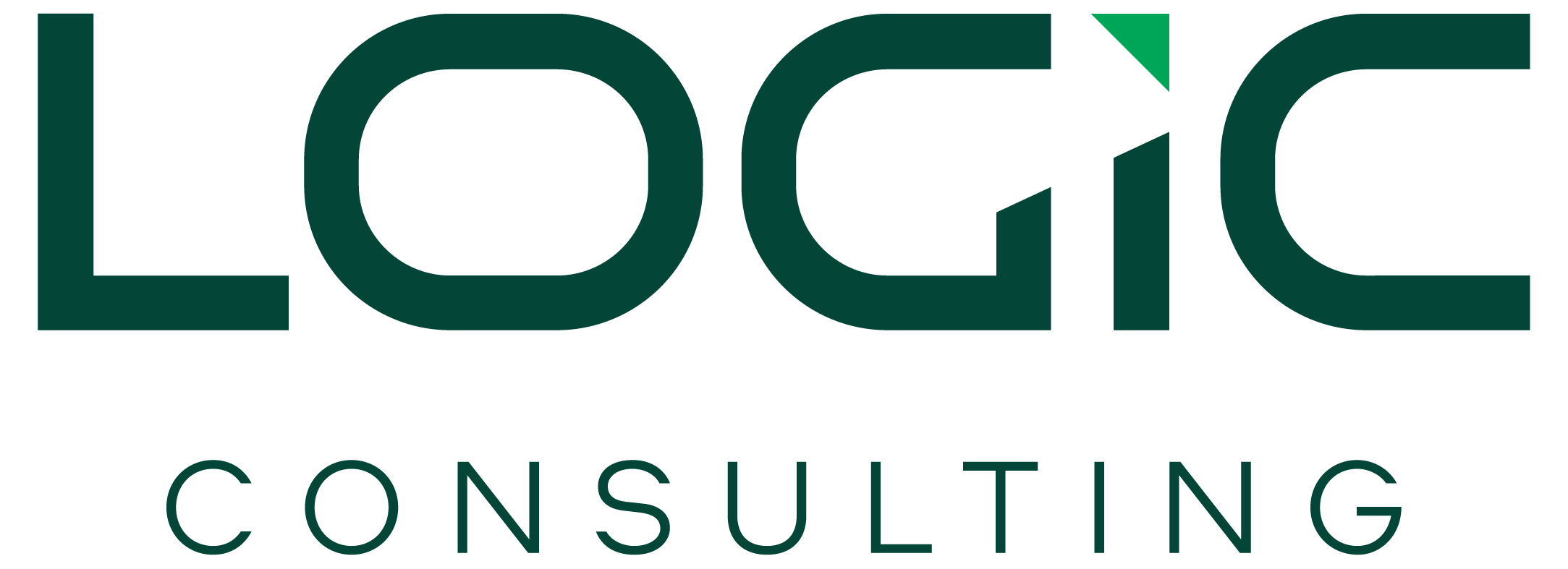
Vision 2030 in Action: Navigating Fiscal Strategy in Saudi Arabia's 2024 Budget
As part of its ambitious pursuit of Vision 2030, Saudi Arabia has revealed its 2024 budget, allocating 1,251 billion SAR for total spending compared to an expected revenue of 1,172 billion SAR. This strategic move aims to reduce the budget deficit to 79 billion SAR, a decrease from the previous year's 82 billion SAR. Aligned with broader economic reforms, the 2024 budget signals a shift towards fiscal responsibility and economic diversification away from oil revenues. Emphasizing the importance of increasing non-oil revenues, the government demonstrates its dedication to sustainable growth, advancements in specific sectors, and improved public services, all within a positive economic outlook. This marks a significant step in KSA’s journey towards achieving its Vision 2030 objectives, showcasing a balanced approach of ambition and fiscal prudence.
Comparative Review: 2024 Budget Plan and Forecasts vs. 2023 Budget Plan and Actuals
The Kingdom of Saudi Arabia has outlined its budget plans for 2024, setting the total expenditure at 1,251 billion SAR. . Forecasted revenue for the same period is expected to reach 1,172 billion SAR, indicating a projected budget deficit of 79 billion SAR. In comparison to the 2023 actual budget, which recorded slightly higher expenditure at 1,275 billion SAR and revenues at 1,193 billion SAR, resulting in a deficit of 82 billion SAR. This underscores a strategic initiative by the KSA aimed at achieving a more balanced budget, with a focus on efficiently managing expenditures and bolstering revenue streams.
